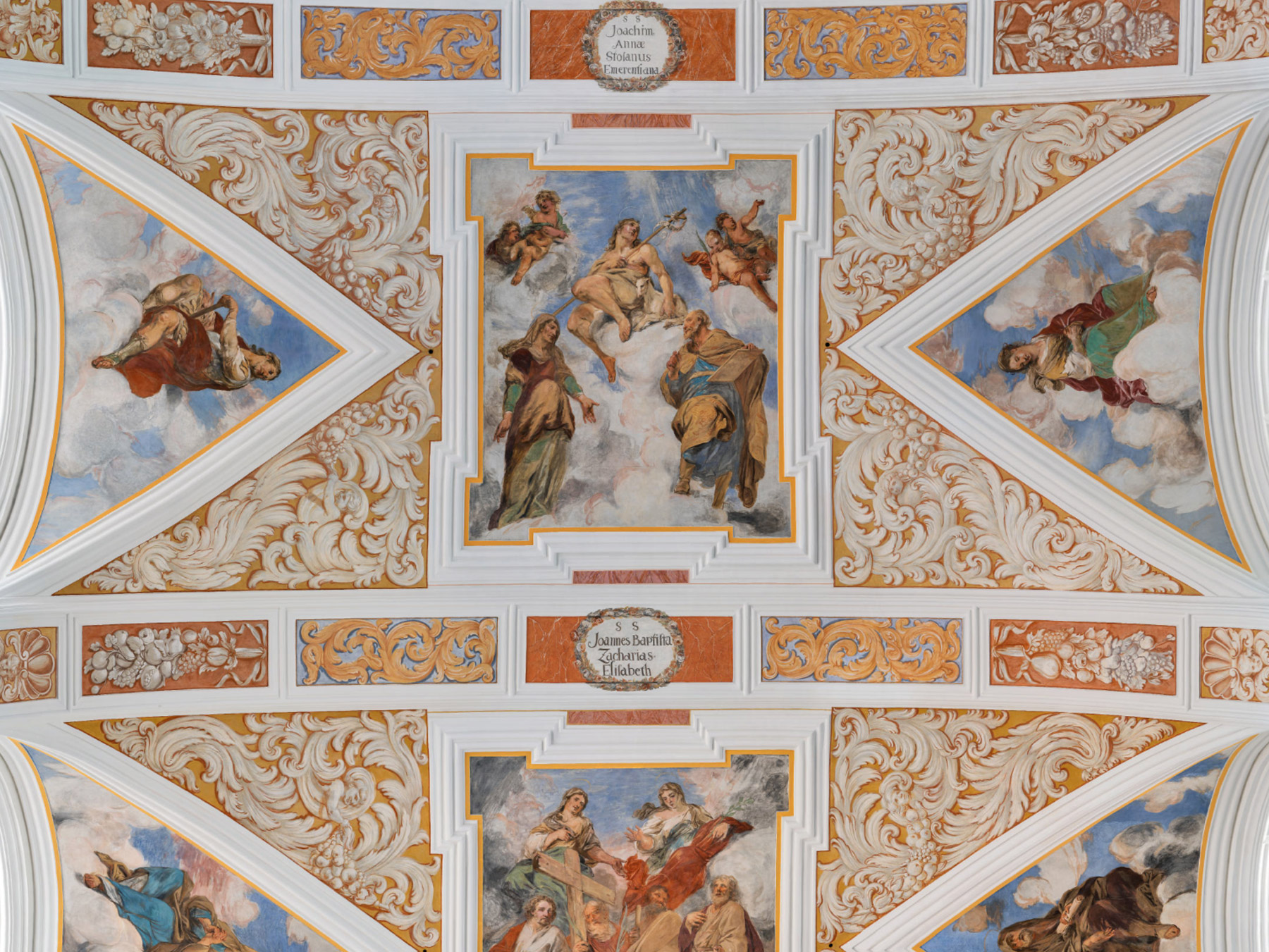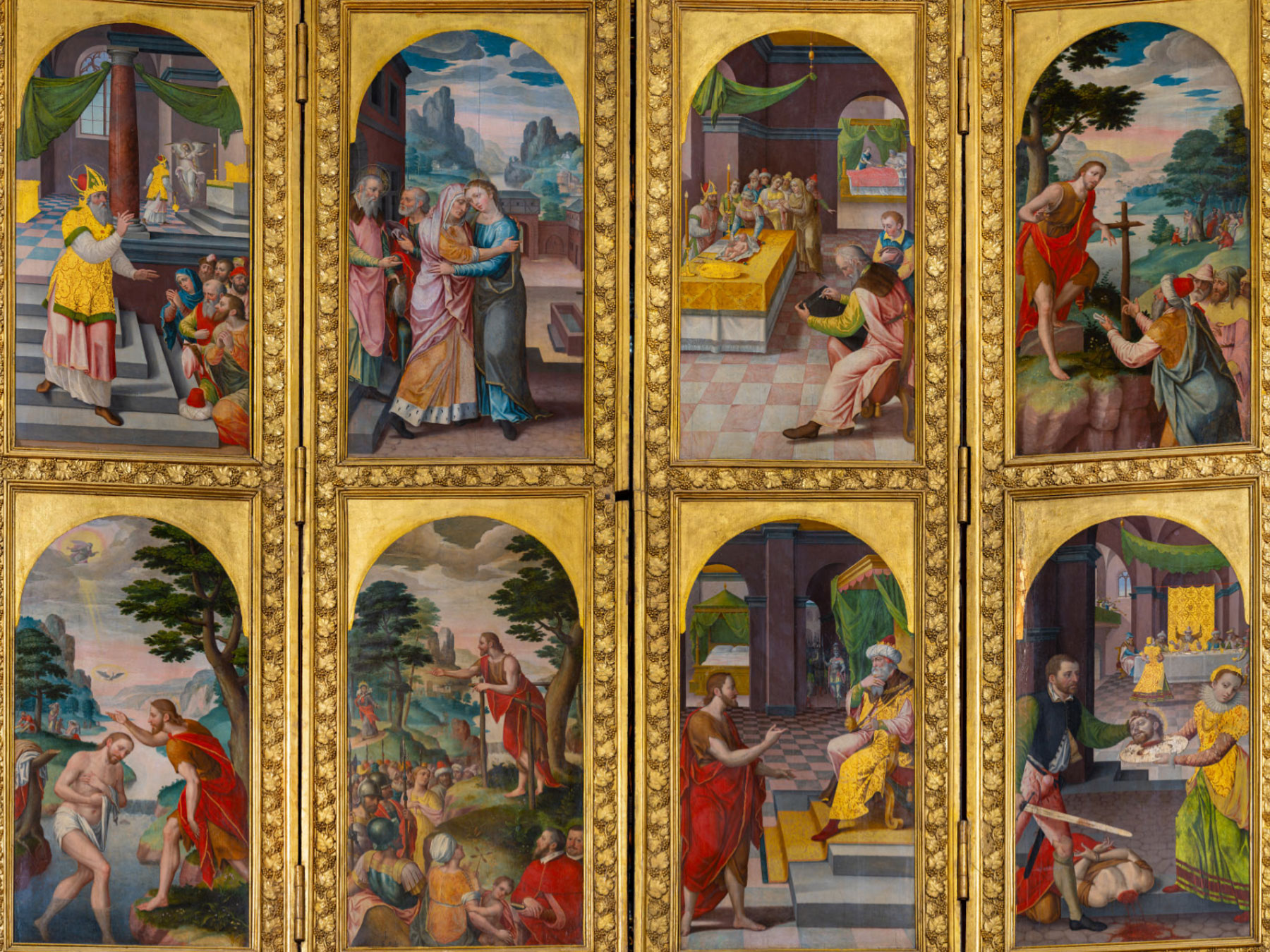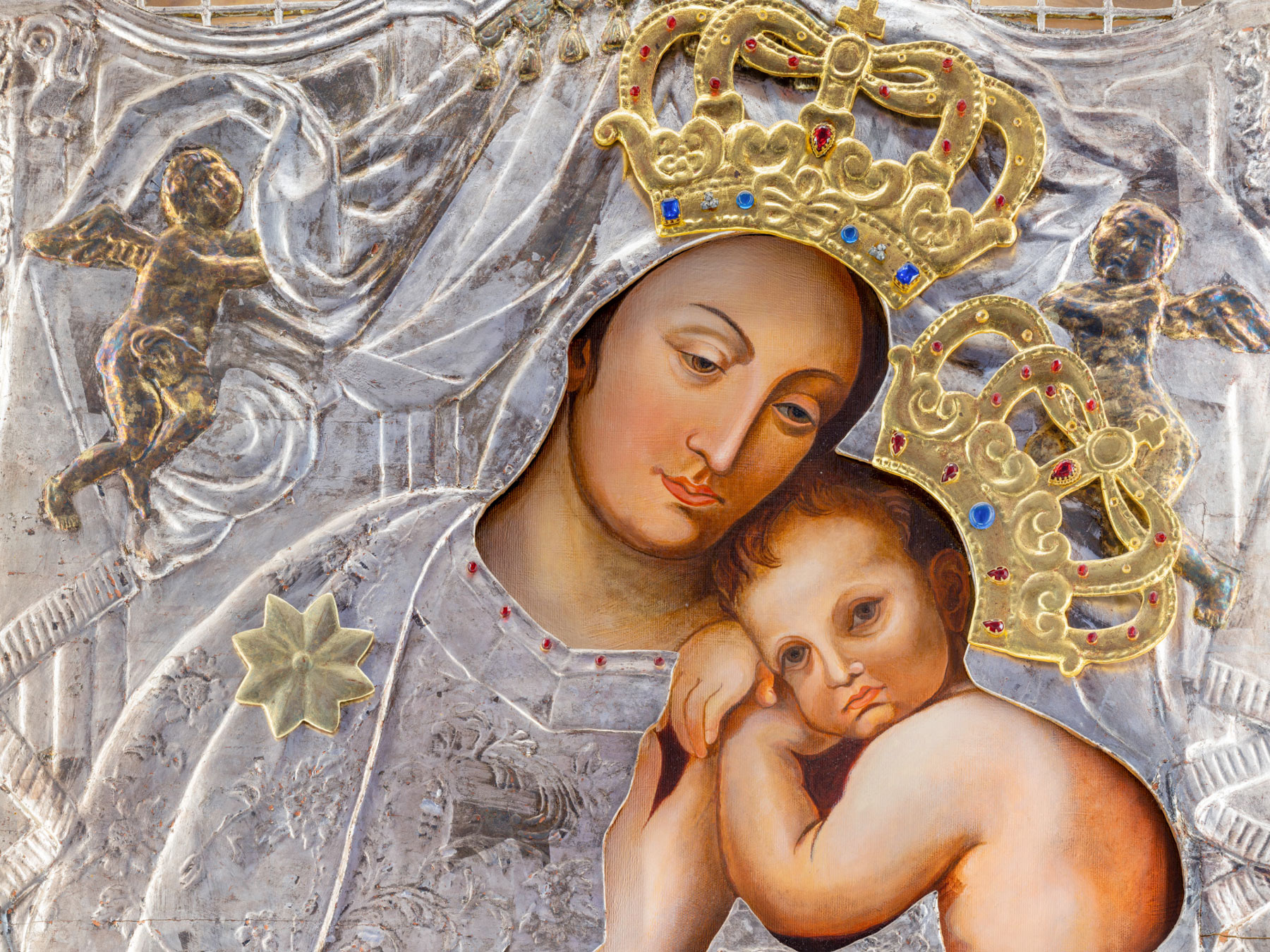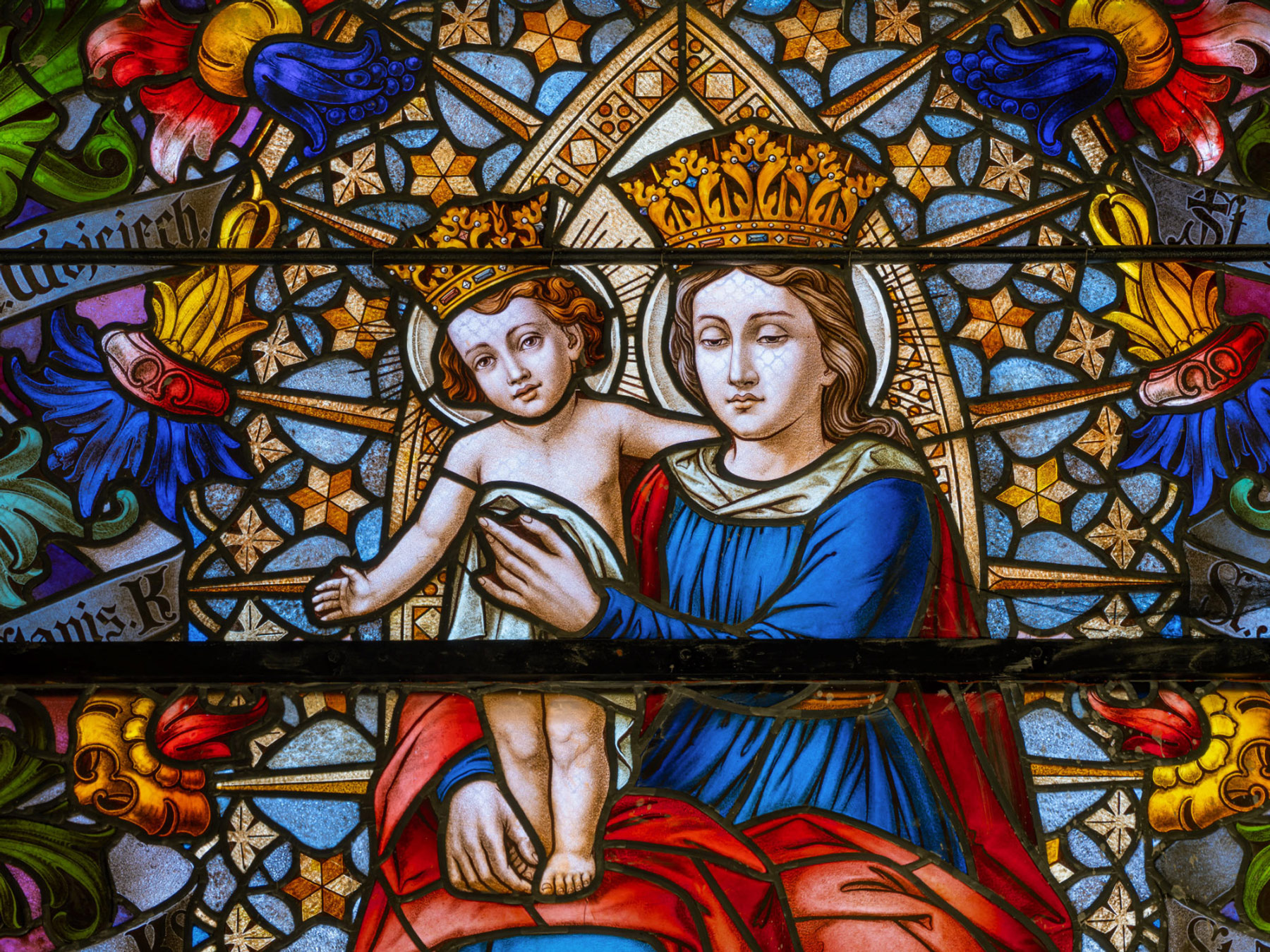Portrait of Martin Opitz
This is one of Bartholomeus Strobel’s best portraits, although, as usual, he had some difficulty here in painting the model’s hand properly. In his portraits he used the scheme of the Dutch bourgeois portrait. In his portrait of the poet Martin Opitz, the painter emphasised the spiritual element by idealising his features. The feverish expression of the eyes and the modelling of the blush on the cheeks give the impression of a real interaction with the viewer. Probably the gesture of the poet’s hand resting on his hip was intended to emphasise the independence of his (religious) convictions and his pride in his intellectual achievements.
Martin Opitz, the Boleslawiec-born poet, was a figure very close to the painter, probably influenced his allegorical compositions and above all immortalised him in his poetry. He was one of the refugees from Silesia to Poland, seeking asylum from imperial repression. He wrote librettos for operas staged at the court of the Polish king Władysław IV. He dedicated Variarum lectionum liber, published in Gdansk in 1637, to Tomasz Zamoyski, the Grand Chancellor of the Crown.
His creative activity brought Opitz great recognition and in 1629 Opitz became a member of the elite Fruchtbringende Gesellschaft (Fruit Society). The poet was also involved in politics and diplomacy, serving ‘various masters’ during the turmoil of the Thirty Years’ War – successively the Bohemian insurgents, the Habsburgs, the Swedes and King Wladyslaw IV Vasa of Poland, who in 1637 accepted Opitz into his court and entrusted him with the position of court historiographer. However, the poet was unable to be loyal and remained in contact with the Swedes, whom he informed of the Polish king’s intentions.
He died in Gdansk, where he became infected during a plague epidemic. He was buried in St Mary’s Church in Gdansk. Martin Opitz’s gravestone is still preserved in the northern nave of the church.
Gigapixels
)
)
)
)
)
)
)
)
)